Government Policies and Support
Government initiatives aimed at enhancing agricultural productivity and food security play a crucial role in shaping the Grain Seed Market. Various countries are implementing policies that promote research and development in seed technology, providing financial incentives for farmers to adopt improved seed varieties. For instance, subsidies for high-quality seeds and funding for agricultural research are becoming more prevalent. These policies not only encourage innovation within the Grain Seed Market but also facilitate access to advanced seed technologies for farmers. As a result, the market is likely to experience growth driven by supportive regulatory frameworks and increased investment in agricultural research.
Increasing Demand for Food Security
The rising global population, projected to reach approximately 9.7 billion by 2050, drives the need for enhanced food production. This demand places significant pressure on the Grain Seed Market to provide high-yielding and resilient seed varieties. As agricultural practices evolve, farmers increasingly seek seeds that can withstand climate variability and pests, thereby ensuring consistent crop yields. The Grain Seed Market is responding by developing innovative seed solutions that cater to these needs, potentially leading to a market growth rate of around 5.5% annually. This trend underscores the critical role of grain seeds in achieving food security and sustaining agricultural productivity.
Shift Towards Sustainable Agriculture
The increasing emphasis on sustainable agricultural practices is reshaping the Grain Seed Market. Farmers are increasingly adopting eco-friendly methods, which include the use of organic seeds and crop rotation strategies. This shift is driven by consumer demand for sustainably sourced food and the need to mitigate environmental impacts. The market for organic grain seeds is experiencing robust growth, with estimates suggesting a rise of approximately 10% annually. As sustainability becomes a core principle in agriculture, the Grain Seed Market is likely to see a surge in the development and adoption of seeds that support these practices, thereby enhancing biodiversity and soil health.
Rising Awareness of Nutritional Quality
There is a growing awareness among consumers regarding the nutritional quality of food, which is influencing the Grain Seed Market. As health-conscious consumers seek foods that offer enhanced nutritional benefits, the demand for seeds that produce nutrient-dense crops is on the rise. This trend is prompting seed developers to focus on breeding varieties that are rich in vitamins, minerals, and other essential nutrients. The market for specialty grains, such as quinoa and amaranth, is expanding, with growth rates projected at around 8% annually. This shift towards nutrition-focused agriculture is likely to drive innovation within the Grain Seed Market, as producers respond to consumer preferences.
Technological Innovations in Seed Development
Technological advancements in seed development, particularly through biotechnology, are transforming the Grain Seed Market. Innovations such as genetic modification and CRISPR technology enable the creation of seeds with enhanced traits, including drought resistance and improved nutritional profiles. These advancements not only increase crop yields but also reduce the reliance on chemical inputs, aligning with sustainable agricultural practices. The market for genetically modified seeds is expected to grow significantly, with projections indicating a compound annual growth rate of over 7% in the coming years. This technological evolution is pivotal for the Grain Seed Market as it adapts to the challenges posed by climate change and food security.


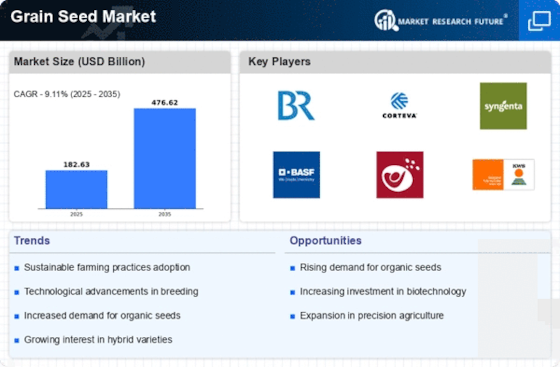
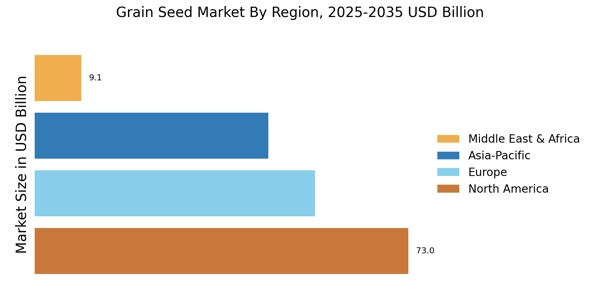


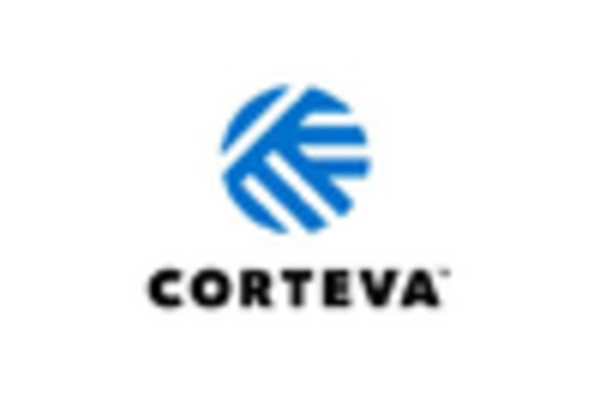
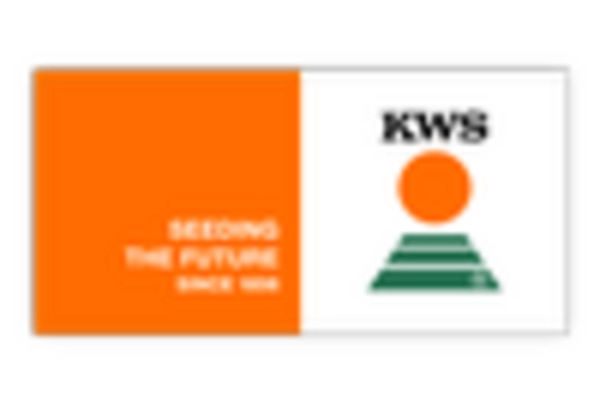
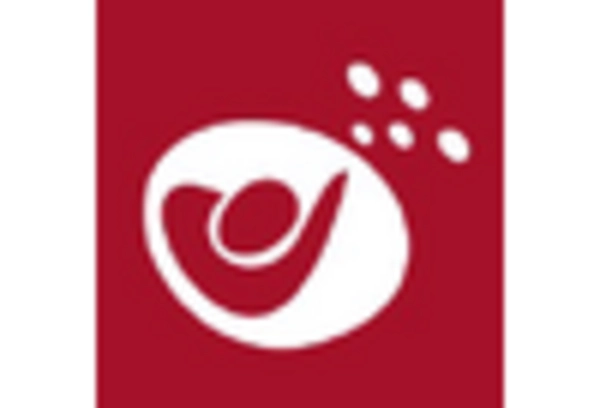









Leave a Comment